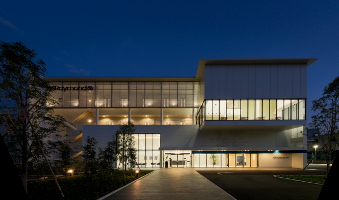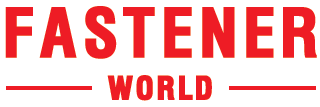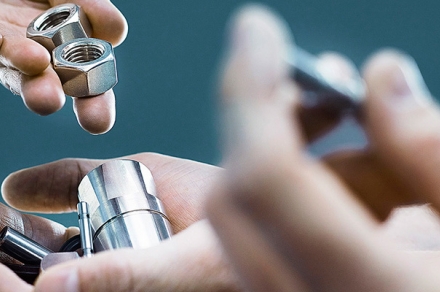
News


Ergonomic workspaces, a multi-skilled workforce and lean manufacturing methods make the new ARaymond Japan plant one of the most productive of its kind in the whole of the Asia-Pacific region, according to the fastener company. ARaymond, one of the worldwide leaders in fastening and assembly solutions, relocated its Japanese operations to Hadano, 60km west of Tokyo, after outgrowing its old building.
Nearly twice as big and built at a cost of 2.1 billion yen (€15.75 million), the 7,000 sq m plant is fully automated – its 23 molding machines and six assembly machines operate 24 hours a day, seven days a week. To upgrade working conditions for the 43 employees, there are spacious rest and recreational areas, insulation to reduce noise, and hi-tech eco-friendly systems to control temperature and humidity. In the production area, the workforce helped plan and design their own departments to improve ergonomics and incorporate lean manufacturing methods that save time and physical effort, optimize the use of materials and reduce waste.
The plant, which became operational in August 2014, produces around 50 million quick connectors a year, mainly for fuel systems, and has the potential to boost output to 60 million. Mr Takenaka said: “We are planning to increase our capacity by 5% this year and by between 10% to 15% over the next three years. “The Japanese automotive sector is shrinking and ARaymond Japan is one of very few companies serving this industry that is expanding. The extra capacity will allow us to develop the next generation of value-added automotive fastening solutions, as well serve growing markets outside the automotive sector, namely solar.” For more than 10 years, ARaymond Japan has kept a flawless record for timely deliveries, even during the relocation of production from the old factory to the new one. In that time it has also maintained high quality levels, with product defect levels in the region of 50 to 100 ppb (parts per billion), well above the industry average.












